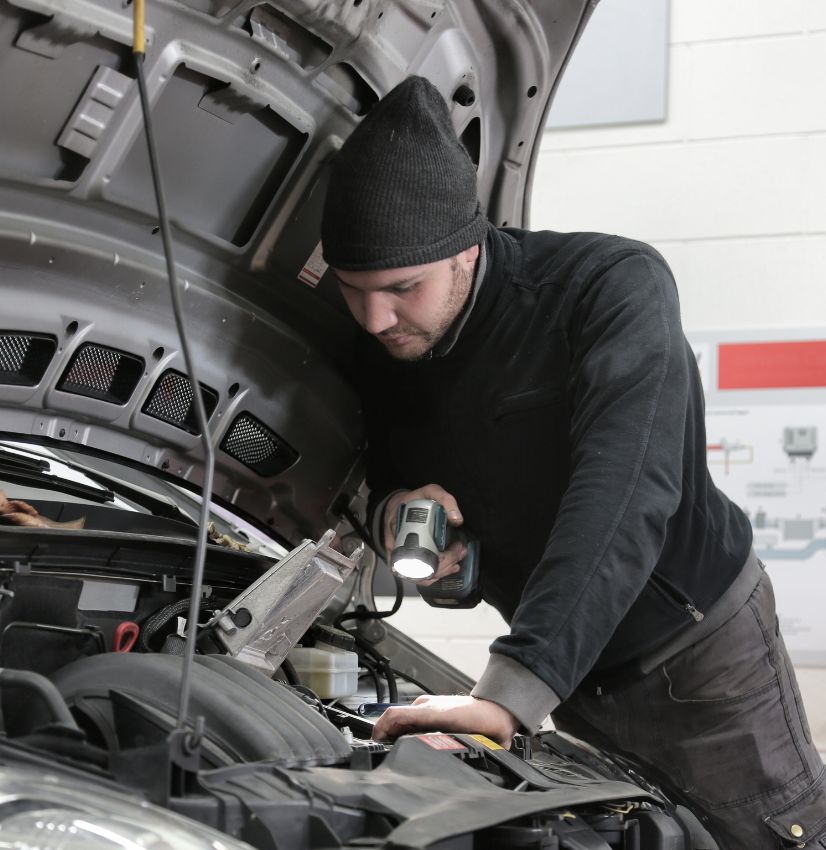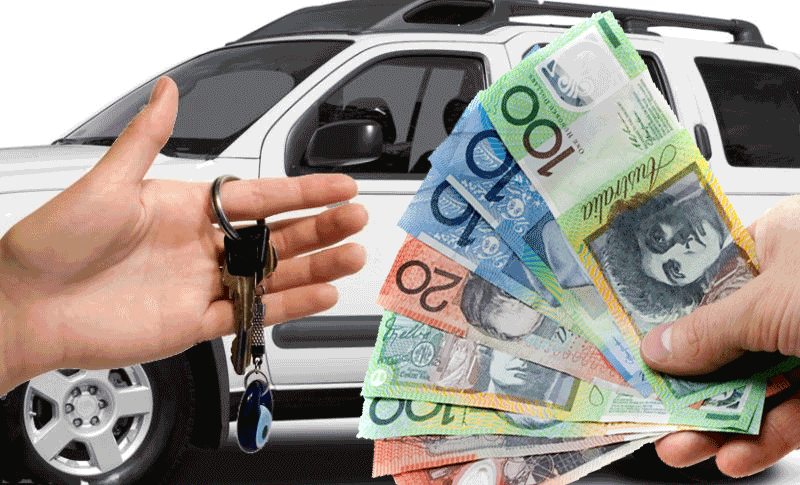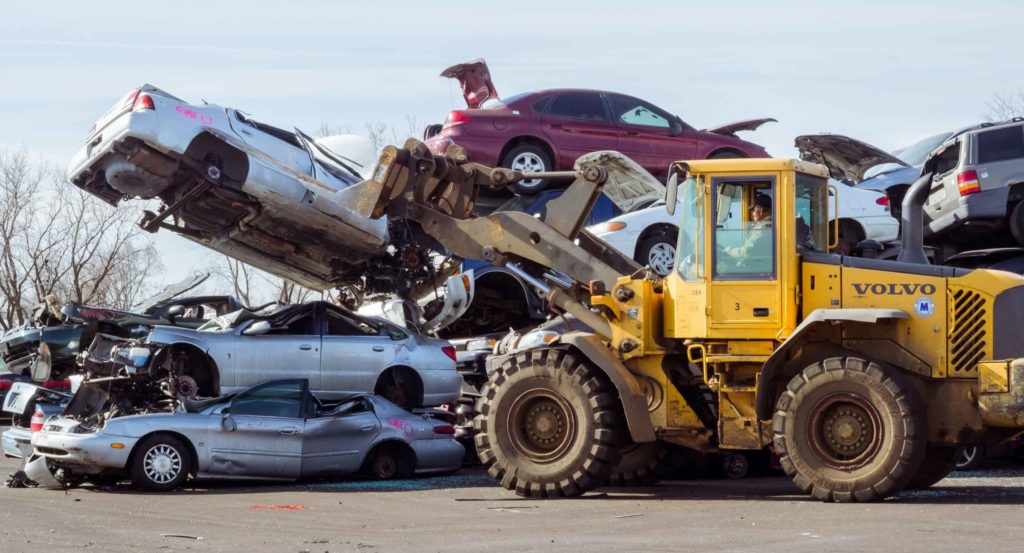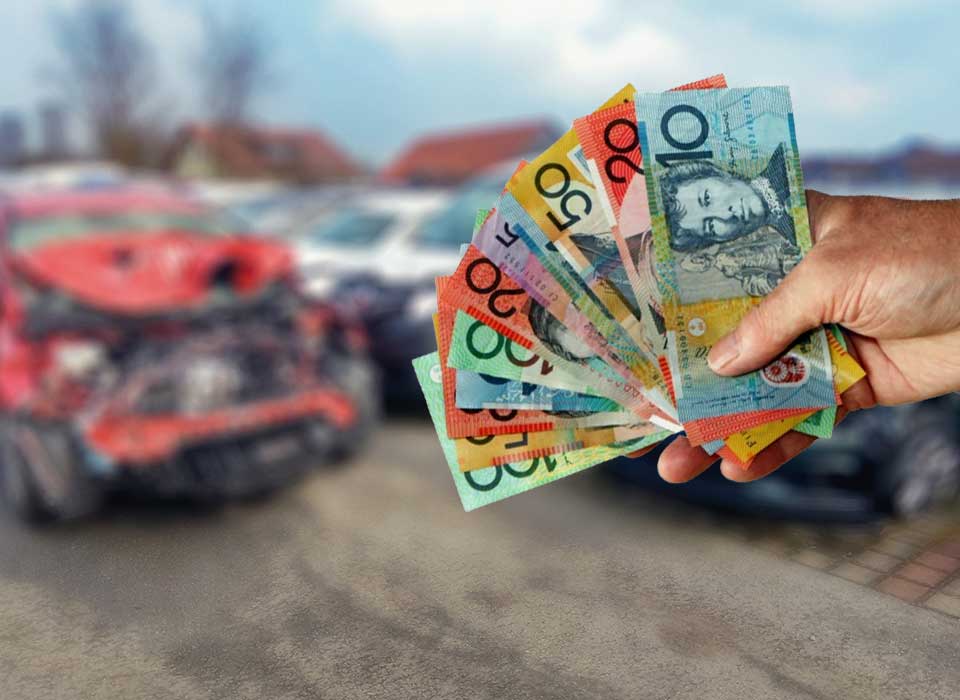Thinking of buying a used car in Melbourne? Hold off on sealing the deal until you’ve had a thorough pre purchase inspection. While second-hand cars can be excellent value, many buyers end up with costly surprises hiding under the hood. A professional inspection helps you avoid such headaches by highlighting issues that aren’t visible to the untrained eye.
In this article, we’ll explore the most critical red flags that a pre purchase car inspection in Melbourne can reveal—and how these insights can save you thousands.
Why Pre Purchase Car Inspections Matter in Melbourne
The Melbourne Used Car Market Landscape
Melbourne boasts one of Australia’s most active used car markets. With countless listings on sites like Carsales, Gumtree, and Facebook Marketplace, it’s easy to find a vehicle that fits your needs and budget. But high demand also opens the door for unscrupulous sellers, misrepresented vehicles, and quick cosmetic fixes hiding deeper problems.
Legal Protections for Buyers
While consumer laws offer some protection—especially when buying from licensed dealers—they don’t cover everything. Private sales, in particular, leave much of the due diligence up to the buyer. That’s where a pre purchase inspection becomes critical.
How a Pre Purchase Inspection Works
A professional mechanic, often through a mobile inspection service, evaluates the vehicle at the seller’s location. They assess everything from mechanical components to bodywork and provide a detailed report. This document offers an objective snapshot of the car’s health.
Major Red Flags a Pre Purchase Car Inspection Can Reveal
Structural Damage or Accident History
One of the most serious red flags is past accident damage. Trained inspectors can identify:
-
Misaligned body panels
-
Non-factory welds
-
Uneven paint jobs
-
Frame damage
These indicators suggest the car may have been in a collision and poorly repaired. Structural issues can compromise safety and lead to long-term mechanical problems.
Engine Issues
The engine is the heart of any vehicle. Inspections can uncover:
-
Oil leaks or coolant seepage
-
Excessive smoke from the exhaust
-
Knocking sounds or vibration
Even minor engine issues can turn into major expenses. In Melbourne, many used cars with worn engines are quickly cleaned up and listed for sale without disclosing their condition.
Transmission Problems
Transmission issues can be hard for buyers to detect. A mechanic will test for:
-
Delayed gear shifting
-
Slipping gears
-
Burnt or dirty transmission fluid
These problems often signal costly repairs. Especially in Melbourne, where both automatics and manuals are prevalent, knowing what type of transmission you’re getting (and its condition) is key.
Brake System Deficiencies
Poor brakes are not just a mechanical problem—they’re a safety hazard. Inspections commonly reveal:
-
Worn brake pads
-
Warped rotors
-
Brake fluid leaks
Braking performance is also part of a roadworthy certificate in Victoria. An unroadworthy vehicle may not be legally drivable.
Suspension and Steering Concerns
Melbourne’s roads are riddled with potholes and tram tracks—putting vehicles’ suspension systems to the test. Inspectors check for:
-
Worn bushings
-
Bent control arms
-
Uneven tire wear
Poor suspension makes for uncomfortable and unsafe driving. Don’t overlook this area.
Electrical and Electronics Malfunctions
Modern vehicles come loaded with electronic systems. Inspections test:
-
Dashboard warning lights
-
Power windows and mirrors
-
Infotainment and air conditioning systems
Malfunctioning electronics can be expensive to replace. Even worse, dodgy DIY wiring can lead to short circuits or fire hazards.
Odometer Tampering
Unfortunately, odometer rollback still happens. Red flags include:
-
Interior wear inconsistent with mileage
-
Missing service history
-
Discrepancies in vehicle reports
Mechanics can sometimes identify manipulation through ECU scans and physical indicators.
Flood or Water Damage
Melbourne’s storms can be severe, and flood-damaged cars occasionally resurface on the market. Signs include:
-
Musty odour inside the cabin
-
Rust in seat tracks or under carpet
-
Corrosion on electrical connectors
Water damage can lead to mold and long-term reliability issues.
Tyre and Wheel Abnormalities
Tyres tell a story. Mechanics will examine:
-
Uneven wear
-
Cracks or bulges
-
Non-matching tyre brands or sizes
These issues often point to alignment problems, worn suspension, or a history of corner-cutting maintenance.
Previous Poor Repairs or Modifications
Some sellers add aftermarket parts or do DIY fixes that reduce the car’s reliability. Watch out for:
-
Non-OEM replacement parts
-
Poor welding or painting
-
Modifications not meeting roadworthy requirements
Cheap cosmetic fixes can hide deep mechanical flaws.
Red Flags from Vehicle History Reports
A physical inspection should always be paired with a vehicle history check. These reports can uncover:
-
Written-off or salvaged vehicles
-
Past thefts
-
Outstanding finance
-
Incorrect odometer readings
In Victoria, a Personal Property Securities Register (PPSR) check is essential before finalizing your purchase.
Melbourne-Specific Issues to Watch For
Cars Used in Coastal Areas
Vehicles exposed to salty air near Port Phillip Bay are prone to corrosion, especially around the chassis and exhaust.
Ride-Sharing Vehicles in Disguise
Many ex-Uber or taxi cars re-enter the private market. Look for heavy interior wear, high mileage, and constant stop/start engine wear.
Overheated Engines from Traffic Congestion
Melbourne’s notorious traffic, especially in the CBD, puts constant strain on cooling systems. Radiator leaks or overheating should raise concerns.
Regional Dust Damage
Vehicles from rural Victoria may have dust inside cabin filters, air intakes, and suspension systems. These issues aren’t immediately visible but affect performance.
What Happens If Red Flags Are Found?
You have three main options:
-
Negotiate: Use the inspection report as leverage to reduce the asking price.
-
Walk Away: If the issues are too extensive, it’s best not to proceed.
-
Request Repairs: In some cases, the seller may agree to fix the problems before finalizing the deal.
Having a written report gives you protection and negotiating power.
Benefits of Getting a Pre Purchase Car Inspection in Melbourne
-
Peace of Mind: Know exactly what you’re buying.
-
Financial Protection: Avoid expensive repairs.
-
Bargaining Power: Lower the price or ask for fixes.
-
Roadworthy Confidence: Ensure compliance with VicRoads standards.
-
Long-Term Reliability: Choose a car that lasts.
How to Choose a Trusted Inspection Service in Melbourne
Qualities to Look For:
-
Certified and licensed mechanics
-
Detailed reports with photos
-
Availability of mobile on-site inspections
Top Questions to Ask:
-
Do you include a diagnostic scan?
-
Can I attend the inspection?
-
How soon can I receive the report?
Recommended Providers:
-
RACV Vehicle Inspections
-
State Roads
-
RideCheck
Conclusion
A pre purchase car inspection in Melbourne isn’t just a formality—it’s your best defense against buying a lemon. With high demand for used vehicles, sellers are often in a rush to close deals. Take your time, get the car inspected by a professional, and protect your money and safety.
Remember, what looks great on the outside may be hiding mechanical nightmares. With a thorough inspection and a bit of patience, you can find a reliable ride and drive with peace of mind.
Frequently Asked Questions (FAQs)
1. What is the cost of a pre purchase car inspection in Melbourne?
Prices generally range from $200 to $350 depending on the level of detail and whether diagnostics are included.
2. Can I skip an inspection if the car has a clean history report?
No. History reports don’t show mechanical wear, poor repairs, or hidden damage. Always pair it with a physical inspection.
3. How long does the inspection take?
Most inspections take 60–90 minutes. Reports are typically delivered within a few hours.
4. Do inspectors check for odometer fraud in Melbourne?
Yes. They compare service history, visual indicators, and may use diagnostic tools to spot tampering.
5. Can I attend the inspection in person?
Absolutely. In fact, it’s encouraged so you can ask questions on the spot.
6. Do mobile inspection services cover all Melbourne suburbs?
Yes, most major services cover metro Melbourne and surrounding regions. Booking in advance is recommended.
7. What’s the best time to inspect a car?
Daytime and dry weather provide the best visibility for paintwork, leaks, and underbody examination.
8. Can I use the inspection report to negotiate the price?
Yes. It’s one of the most effective tools for negotiating a better deal.
9. Will the inspection reveal if the car is stolen or under finance?
Only if you also purchase a PPSR or full vehicle history report.
10. What should I do if the report shows multiple red flags?
Consider it a warning. Unless the issues are minor and fixable, it’s safer to walk away.






